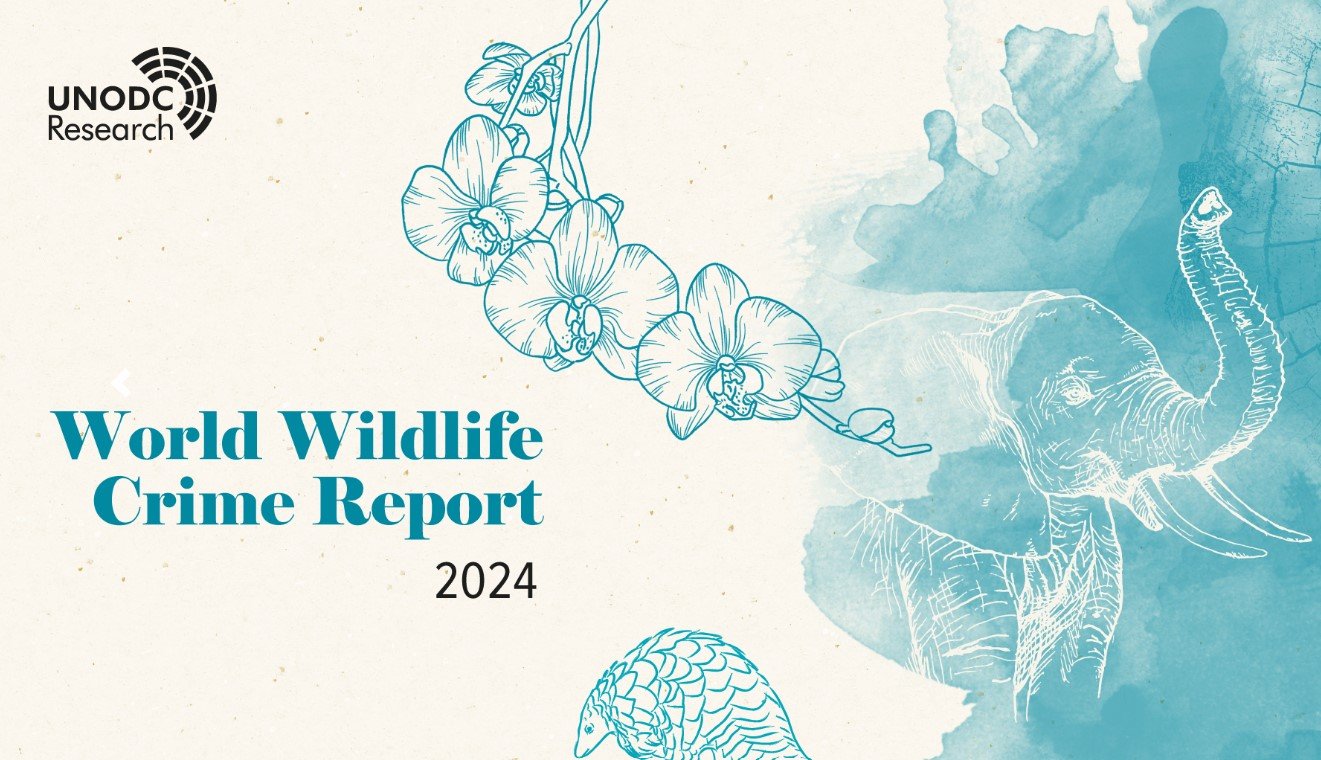UNODC World Crime Report highlights harm & legal remedies
For the first time, the use of legal tools to secure remedies to harm caused by illegal wildlife trade has been highlighted by the UNODC as a necessary step in effectively holding wildlife crime offenders to account.
The UNODC World Wildlife Crime Report assesses causes and implications of wildlife crime.
The World Wildlife Crime Report, the UNODC’s global analysis of illegal wildlife trade trends, assesses current knowledge about the causes and implications of related wildlife crimes.
““Accounting for wildlife crime harms requires policy broadening, improved communication and exploration of broader legal tools that can hold offenders responsible for remedying the harms they cause.”
”
In this third edition of the report, the analysis specifically highlights the scale and diversity of harms caused by illegal wildlife trade crimes – not only to nature, but to human wellbeing, the economy and government agencies.
The Report also highlights the legal opportunities to help secure remedies to these harms.
This marks a fundamental shift not only in how the harms caused by wildlife crime should be quantified, but most importantly is a recognition that existing legal tools can be leveraged to remedy that harm, holding offenders to account and securing justice - and remedies - for nature.
The analysis explores “What Works” to help reduce illegal trade, discussing a range of potential interventions. Importantly, this includes the potential for legal action to hold offenders liable for remedying harm.
Conservation-Litigation.org is providing support in the five ongoing cases mentioned in the report.
This recognition by the UNODC represents an important step in highlighting the potential of our approach to use existing liability provisions in jurisdictions across the world, driving a green wave of litigation that could fundamentally reshape how harm to wildlife and the environment is addressed.



